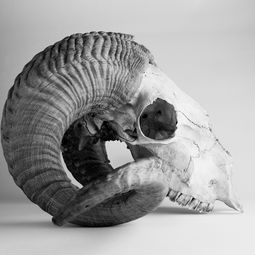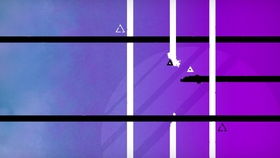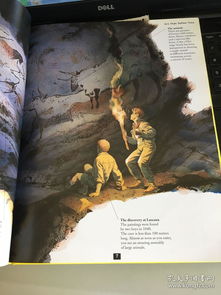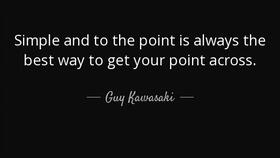Introduction

Fishing is an ancient and cherished pastime that offers a unique blend of relaxation, adventure, and connection with nature. While traditionally seen as a male-dominated activity, more and more women are discovering the joys of fishing. Whether you're a beginner or looking to enhance your skills, this article provides a comprehensive guide to mastering fishing techniques, tailored specifically for women. We've included easy-to-follow illustrations to help you visualize each step. Let's dive in!
Choosing the Right Gear
Before you start, it's essential to have the right gear. Here's a list of must-have items for women beginners:
- Rod and Reel: Choose a lightweight rod and reel that feels comfortable in your hands. For beginners, a spinning rod and reel is a great choice.
- Line: Use a monofilament line that is strong but flexible. The line size depends on the type of fish you're targeting.
- Hooks: Select hooks that match the size of the bait you plan to use.
- Bait or Lures: Live bait or artificial lures, depending on your preference and the fish you're after.
- Tackle Box: Keep essential tools like scissors, needle-nose pliers, and a line cutter handy.
The Basics of Casting
Casting is the process of throwing your line into the water. Here's a step-by-step guide:
Step 1: Hold the Rod Grasp the rod with your dominant hand, using a comfortable overhand grip. Rest your index and middle fingers on the reel seat for stability.
Step 2: Load the Reel With your other hand, load the line onto the reel by winding it around the spool until you have enough line to cast.
Step 3: Position the Rod Angle the rod back behind you, keeping it at a 45-degree angle to the water. This is the backcast.
Step 4: Make the Backcast With a smooth, continuous motion, bring the rod forward to make the backcast. The line should travel back over your head and land in the water.
Step 5: Pause and Load After the backcast, pause for a moment to allow the line to load onto the reel.
Step 6: Make the Forward Cast With a smooth, continuous motion, bring the rod forward to make the forward cast. The line should travel forward and land in the water.
Step 7: Retrieve the Line Gently pull in the excess line with your free hand as you retrieve the line to the rod.
Baiting Your Hook
Once you've mastered casting, it's time to learn how to bait your hook:
Step 1: Cut the Bait Using a pair of scissors, cut a small piece of bait that is the right size for your hook.
Step 2: Thread the Bait Thread the bait onto the hook, ensuring it's secure and won't come off during the cast.
Step 3: Check the Bait Before casting, make sure the bait is properly positioned on the hook and that it won't snag during the cast.
Fishing Techniques
There are several fishing techniques you can use, depending on the type of fish you're targeting:
- Still Fishing: Cast your line out and wait for a bite. This is great for species like bass and catfish.
- Trolling: Drag your lure or bait behind a moving boat. This is effective for species like salmon and tuna.
- Jigging: Drop a weighted lure to the bottom and then pull it back up, making it look like a struggling fish. This technique works well for walleye and pike.
Safety Tips
Always prioritize safety when fishing. Here are some tips to keep in mind:
- Wear a life jacket if you're fishing from a boat.
- Be aware of your surroundings and the weather conditions.
- Always keep a first aid kit handy.
Conclusion
Fishing is a rewarding activity that can be enjoyed by women of all ages and skill levels. By following this guide and practicing the techniques outlined, you'll be well on your way to becoming a skilled angler. Happy fishing!












